Travel Review: Whale watching in the North Sea
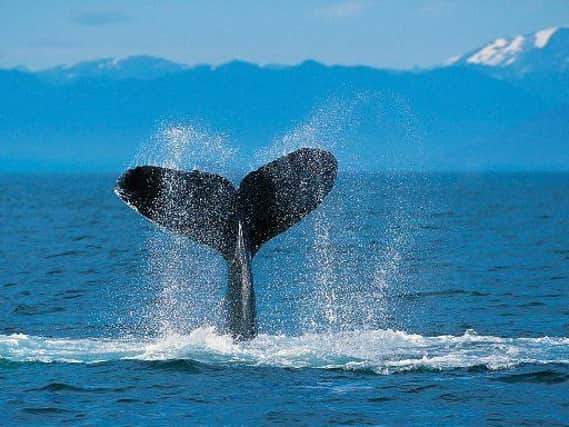

Though whale and dolphins are more commonly associated with the azure waters of warmer climes, beneath the surface of the steely grey North Sea there’s a veritable Noah’s Arc of animals who either call it home or are passing through.
Logging the movements of these creatures is the task of wildlife officers from the ORCA charity who spend their summer seasons aboard DFDS’ King Seaways ferry.
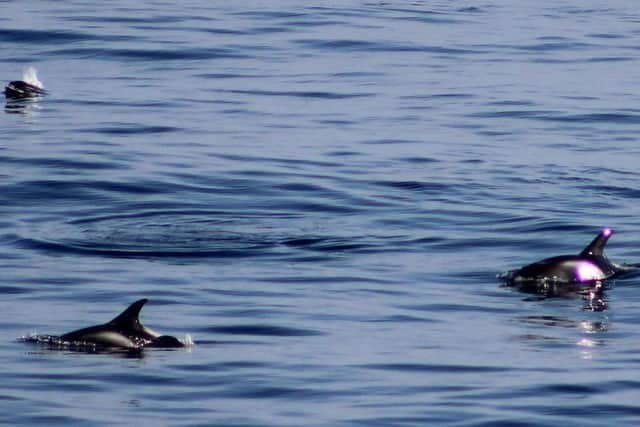

Advertisement
Hide AdAdvertisement
Hide AdWhilst most passengers spend their time on board enjoying the ship’s restaurants, nightclub and cinema on the daily route from North Shields to Ijmuiden, just outside Amsterdam, what they may not realise is that the route can prove educational too.
As well as their work to log sightings of marine and mammal life - research which helps determine where species live, what threats they face and how to protect them - the officers are also on hand to highlight the wealth of aquatic neighbours to passengers.
Daily deck watches are held where common sightings include harbour porpoises, minke whales and white beaked dolphins, making the North Sea home to one of the most diverse range of species in European waters surveyed by ORCA.
For fans of our feathered friends you can also expect to spy gannets, great skua, fulmar and kittiwakes.
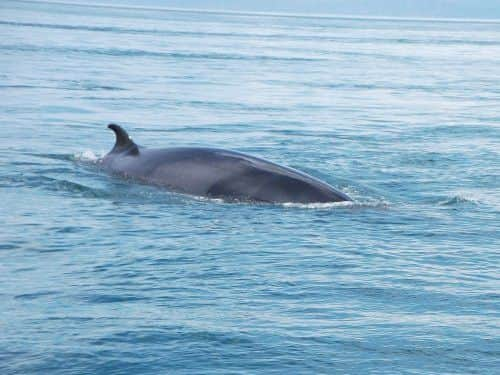

Advertisement
Hide AdAdvertisement
Hide AdAs well as deck watches, the wildlife watching experience, which is free of charge to DFDS passengers, features talks and displays in the on board Wildlife Centre which gives a fascinating insight into the vital work of this charity.
I was invited on board just ahead of the summer wildlife watching season, which runs from April until September.
As I set my alarm, wrapped up warm and braved the early morning elements for a deck watch, I was hopeful of a sighting. Standing on the observation deck at the bow of the ship, we watched for breaks in the water to see sealife.
Those hankering for a Humpback sighting may be disappointed: that whale has only been recorded once in 2008, with its stubby dorsal fin making it difficult to spot unless it puts on one of its spectacular dive displays showing off its distinctive fluke.
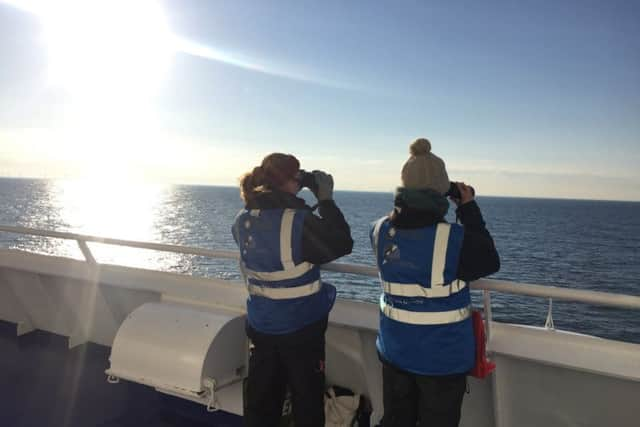

Advertisement
Hide AdAdvertisement
Hide AdHowever, there’s no need to get the hump, smaller cetaceans are a more likely spot. In 2014 ORCA recorded 201 harbour porpoises and 26 white-beaked dolphins in the North Sea, while whale watchers spotted 16 Minke whales in 2013.
Statistics from a ten year research report published by ORCA, titled The State of European Cetaceanss, recently showed that harbour porpoises were predominantly observed off the coast of Ijmuiden whereas the white-beaked dolphin was most frequently observed off the coast of North Shields.
Highlights on this route also include the rare sighting of a striped dolphin close to Ijmuiden, a Risso’s dolphin outside of North Shields and a fin whale south-east of North Shields.
Despite our eagerness to see a whale, our sightings, which were slightly out of season, were limited to turns and other birdlife on our visit. But, that’s the nature of spotting wildlife in the wild: they’re not there for our entertainment.
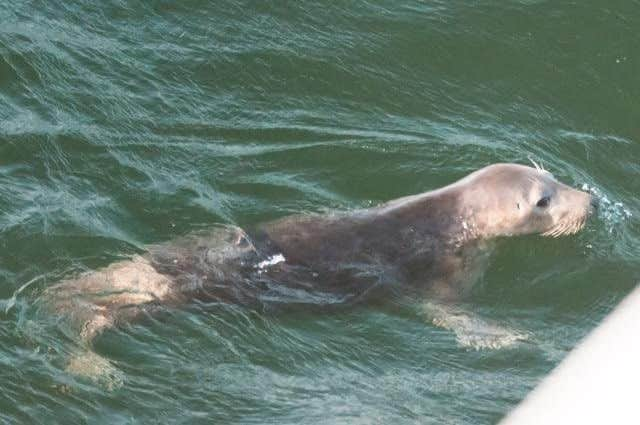

Advertisement
Hide AdAdvertisement
Hide AdIndeed, conservation and enjoying wildlife in its natural habitat is at the heart of the ORCA charity and even if you don’t find a fin whale, the Wildlife Centre offers expert talks for children and adults on how we can play a part in keeping our seas safe.
For the Wine and Whales Lecture, we grabbed a wine from the Columbus bar and took our seats to hear a talk by wildlife officer Lucy McLeod.
As well as the joy of sightings she’s encountered in the North Sea, she also highlighted the grim reality of whale hunting and man’s other threats to wildlife including plastics strewn in the sea which endanger cetaceans on a daily basis through entanglement and ingestion.
Education is key to ensuring a brighter future for the species and an increase in the chances of seeing whales in our waters.
Advertisement
Hide AdAdvertisement
Hide Ad•Two-night mini cruises start from £55 per person return based on four people sharing an en-suite cabin. DFDS offers a range of themed mini cruises throughout the year, including Marine Wildlife mini cruises to Amsterdam.
Marine Wildlife Mini Cruises with DFDS include: two nights in an en suite cabin, chance to see dolphins, whales and porpoises, educational talks, return coach transfers to Amsterdam and up to five hours in Amsterdam. For more information visit www.dfds.co.uk/wildlife.
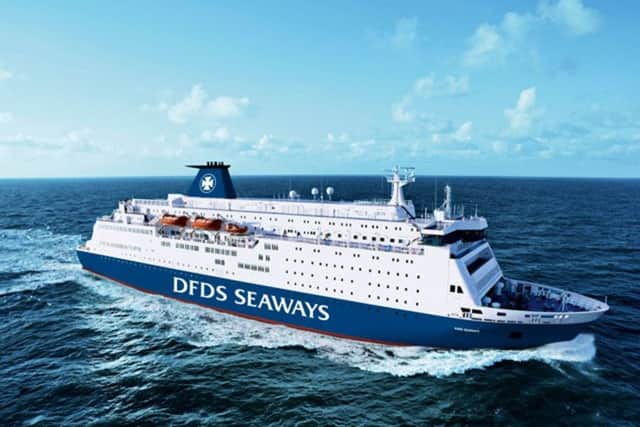

Fluke sighting
Fin whales are one of the largest animals on Earth, reaching up to 26m in length, and can be found in many temperate and polar waters.
In July 2015, a fin whale was recorded in the North Sea, south-east of North Shields during an ORCA ferry survey.
Advertisement
Hide AdAdvertisement
Hide AdThis was an unusual sighting, although not unique, as fin whales typically inhabit deep water >200m and the North Sea has an average depth of 23m.
The peak season for fin whale occurrence around the UK is between July - September, where it is believed some fin whale populations exhibit a seasonal latitudinal migration (although this is poorly understood).
This encounter could suggest that fin whales migrate up both the east and west coasts of the UK.
While in Amsterdam
Want to continue the wildlife theme once in Holland?
There’s a host of wildlife highlights away from the hullabaloo of Amsterdam city centre.
Advertisement
Hide AdAdvertisement
Hide AdNational Park Zuid-Kennermerland is a short drive south of the port of Ijmuiden and is home to a herd a endangered European bison.
Their introduction to this park in 2007 plays a pivotal role in ensuring the survival of the animal, which once roamed freely through Europe, but is now on the Red List of Threatened Species.
Calves from the herd, which live under natural conditions, have been born since 2009 but be patient - they can be tricky to spot amongst the 3,800 acres of undulating dunes, beaches and lush coastal forests of the park.
For more flighty attractions, head to The Poelboerderij (The Poel Farm) in the town of Wormer.
Advertisement
Hide AdAdvertisement
Hide AdThis is the visitor centre of a natural area called Wormer and Jisperfields, a typical Dutch countryside of moors and meadows.
Take a boat ride through this peaceful area of wetlands, which is an important breeding site for the endangered black tailed godwit and other wading animals.
•Delta Safari offer nature tours sailing excursions and day trips in the area. For more information visit http://www.deltasafari.nl/